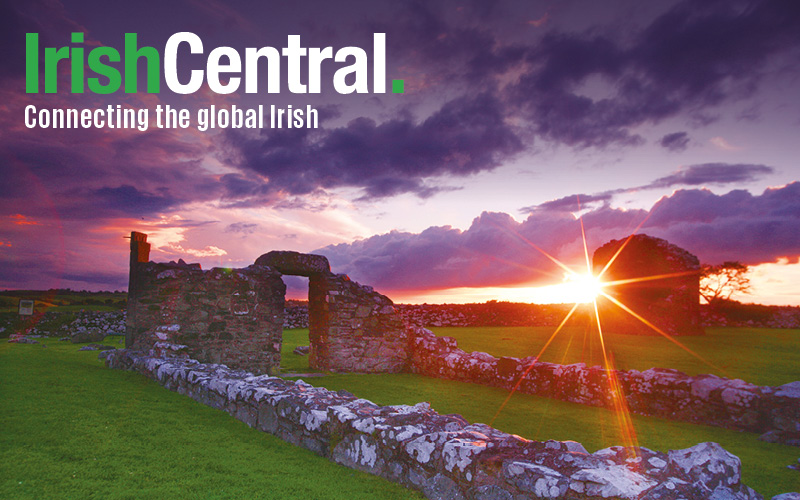In the U.S. census of 2000, approximately 34 million Americans claimed Irish ancestry. If you're one of them, and would like to trace your Irish roots, then read on for some useful tips on how to get started.
It is a common misconception that hardly any Irish genealogical records survive. It is true that during the Irish Civil War a number of census returns and other valuable records were damaged or destroyed in the Four Courts fire. It is also true that, due to an administrative error, a number of surviving census returns were destroyed during the First World War. (There was a paper shortage and the civil servants incorrectly assumed that duplicate census returns existed, only discovering their error after their recycling efforts had taken place).
But while such gaps certainly exist, and can be quite frustrating, a great many Irish records do survive, and these can be used to trace your family. As a rule of thumb, most Irish families can be traced back to the 1840s.
The most important thing to remember when tracing your Irish roots is to be logical; tempting though it might be to start looking at those Irish records straight away, your genealogical journey to Ireland has to begin in America - with you.
You can't go far wrong if you start your research by documenting information about yourself and then work backwards in a methodical fashion, tracing the births, marriages and deaths of your parents, grandparents, great-grandparents and so on in the States. Don't forget to include the dates and places of these events and to reference the sources you have used to find the information. Your ultimate aim in searching the American records is to trace your lineage back to the first ancestor that left Ireland and immigrated to America.
Once you have found information relating to an ancestor who left Ireland, you must try to locate exactly where in Ireland they came from. Simply confirming that they came from Ireland is, unfortunately, not enough; you have to know where specifically they came from - this could be the county, town, parish or townland (a small land division within a parish) in Ireland in which they were born, married or where a family member died. The more precisely you are able to pinpoint your immigrant ancestor's place of origin, the more likely you are to find him or her in the Irish records. Certainly most U.S. naturalization and census records simply state "Ireland" as the place of birth of an Irish immigrant. If you systematically search other records, you may find that precise location in Ireland you need.




Comments